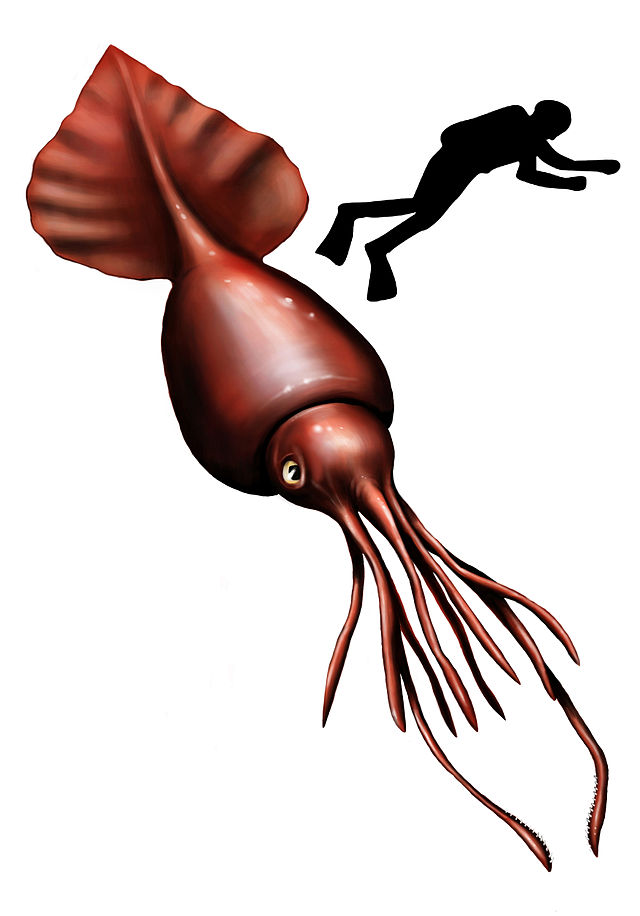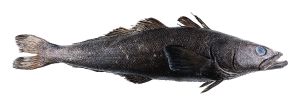A Colossal Dissection
Science is awesome. If you need some proof, or just want something to break up your morning, check out the video footage below of a Colossal Squid dissection. Why is this so cool?! Let’s count the ways…
- Generally speaking, dissections of marine organisms are pretty neat: they allow scientists to observe an organism close-up and get to know its inner workings. How does the organism take in food and digest it? What does it use to propel itself? How does it respire, what’s going on with the brain, where are its teeth? So many questions!
- This particular squid was accidentally caught on a fishing line meantforPatagonianToothfish (aka Chilean Sea Bass!), and was brought to the surface fully intact. Yes, it’s unfortunate that such a behemoth of a creature was snagged on a fishing line, but one of the beautiful things about science is that this event was turned into an amazing research opportunity.
- It’s a COLOSSAL SQUID. Only two specimens have ever been collected in one piece. Scientists know next to nothing about it, except that it’s huge (39 – 46ft long, wicked heavy) and lives in the cold, polar waters of the Southern Ocean.
But don’t take my word for it…see for yourself!
Notable moments:
- 02:10:22 – Dr. Kat Bolstad, after much trial and tribulation, pulls out the squid beak. The thing is just a little smaller than a soccer ball. YOWZAH.|
- 02:25:40 – Jesse Kelly talking about a smaller relative to the Colossal Squid (the New Zealand Arrow Squid) – these are eaten by diving birds, marine mammals and yes…humans!
- 02:47:30 – The dissection team moves the squid around in the tub. It took 5 people to do this. O.o
- 03:16:15 – With the entire team in the tank, Dr. Kat Bolstad explains how massive this squid actually is.


